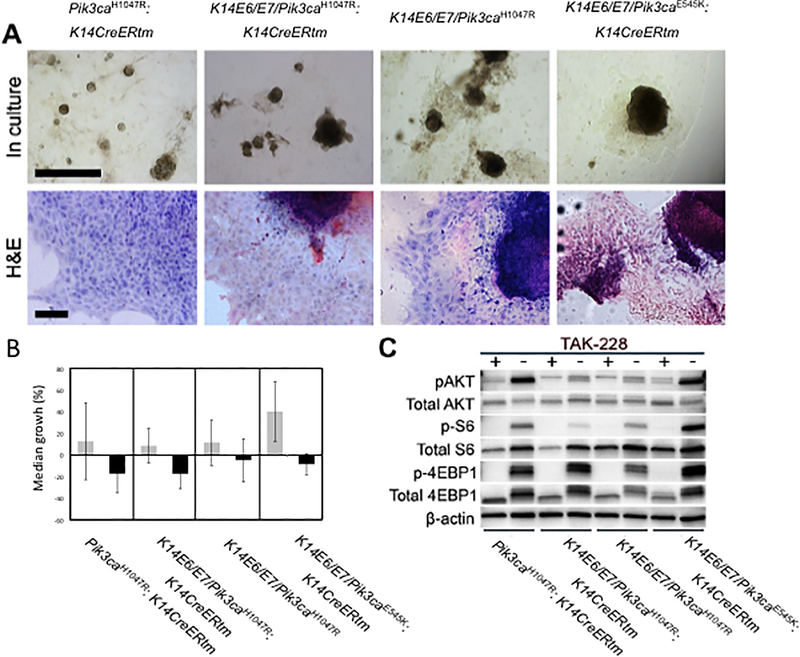Figure 4. Dual TORC1/2 inhibitor, TAK-228, inhibits the growth of anal tumor spheroids.
A. Representative images of anal tumor spheroids in culture (top row of images) with the following genotypes: Pik3caH1047R: K14CreERtm, K14E6/E7Pik3caH1047R: K14CreERtm, K14E6/E7Pik3caH1047R, K14E6/E7Pik3caE545K: K14CreERtm, respectively. Black-colored size bar indicates 1 mm. H&E stained tumor spheroids (bottom row of images). Black-colored size bar indicates 100 μm. B. Median growth of anal cancer spheroids on TAK-228 treatment. Gray-colored box indicates vehicle-only treatment on spheroids as control arm, while black-colored box indicates tumor spheroids treated with TAK-228. After treatment of TAK-228, the growth of tumor spheroids was clearly inhibited. The triple asterisks indicate that growth of tumor spheroids were significantly decreased compared to control group, in Pik3caH1047R: K14CreERtm (p (two-sided) = 8.32×10−7), K14E6/E7Pik3caH1047R: K14CreERtm (p (two-sided)=1.43×10−19), K14E6/E7Pik3caH1047R (p (two-sided)=9.81×10−6), K14E6/E7Pik3caE545K: K14CreERtm (p (two-sided)=1.00×10−26). C. Western blot analysis of lysates from tumor spheroids probed with biomarkers of the mTOR signaling pathway. When compared with the control group, the mTOR pathway was inhibited in all TAK-228 treated groups.

